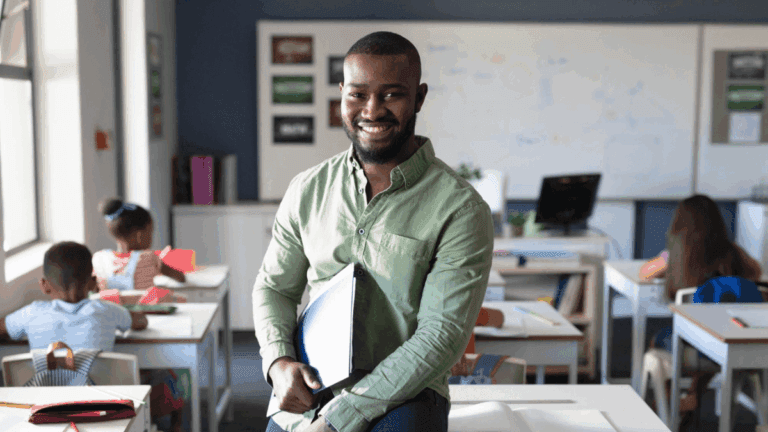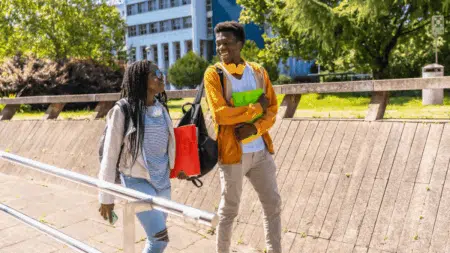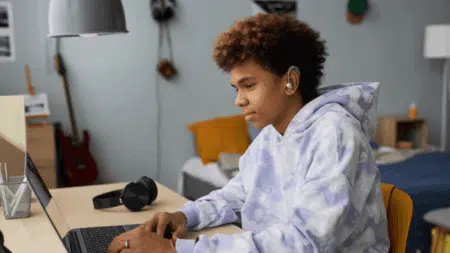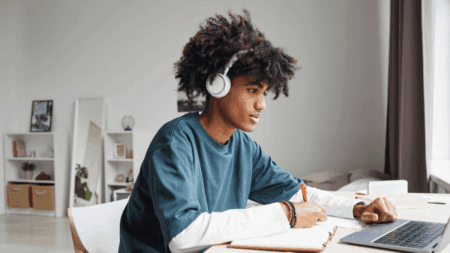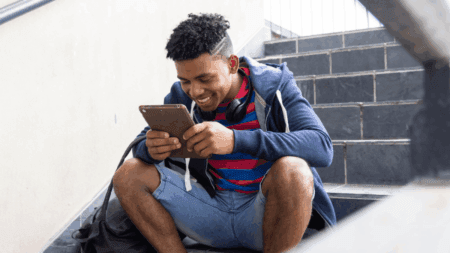The rapid rise of artificial intelligence (AI) has sparked debate in many fields, including education. A common question that emerges is: Can AI replace teachers? While AI is transforming how we learn and teach, it’s important to separate myth from reality.
Can AI Replace Teachers? Myths vs Reality
This guide unpacks the misconceptions and truths about AI in the classroom and its potential role in the future of education.
Myth 1: AI Will Completely Replace Human Educators
Reality: AI is a tool, not a substitute for human connection.
While AI can automate certain teaching tasks like grading, scheduling, and personalized learning suggestions, it cannot replicate the emotional intelligence, empathy, and mentorship that human teachers provide. Educators guide students through social and emotional growth, adapt to class dynamics, and offer support that goes far beyond academics. These are uniquely human traits that AI lacks.
Myth 2: AI Is More Effective Than Teachers in Delivering Lessons
Reality: AI can enhance learning but works best when paired with human instruction.
AI-powered platforms can deliver content in interactive and tailored ways. For instance, adaptive learning systems can adjust lessons based on a student’s pace and understanding. However, studies show that these tools are most effective when guided by an educator who interprets student data, motivates learners, and provides context. Teachers still play a vital role in making the content meaningful and relevant.
Myth 3: AI Is a One-Size-Fits-All Teaching Solution
Reality: AI has limitations and cannot fully address the diverse needs of all learners.
Students have varying learning styles, languages, abilities, and personal challenges. While AI can personalise content delivery to an extent, it may not fully accommodate the complex needs of learners with disabilities or those from disadvantaged backgrounds. Educators are essential in identifying and addressing these challenges through thoughtful, creative, and compassionate approaches.
Also check: UNISA Second Semester Application 2025
What AI Can Do in Education
- Automate Administrative Tasks: AI can help with grading, attendance tracking, and creating test questions, allowing teachers more time to focus on teaching.
- Provide Tutoring Support: AI chatbots and virtual tutors can assist students after hours with homework or practice exercises, acting as supplemental tools rather than replacements.
- Analyze Student Performance: AI tools can help identify patterns in performance and alert teachers to students who may be struggling.
- Offer Language and Literacy Support: Apps like Duolingo or text-to-speech tools can help language learners and students with reading difficulties.
Why Human Teachers Remain Irreplaceable
- Emotional Support: Educators recognize when a student is anxious, disengaged, or going through personal struggles and can offer emotional guidance.
- Social Development: Classrooms are not just academic spaces—they are where children learn teamwork, communication, and conflict resolution. Teachers foster these social skills.
- Adaptability and Creativity: Teachers adapt lessons on the fly, use humor, creativity, and storytelling—areas where AI still falls short.
- Cultural Context: Teachers understand the cultural, social, and community aspects that influence their students’ learning environments—something AI cannot fully grasp.
The Future: Collaboration, Not Replacement
Rather than seeing AI as a threat, educators and policymakers should view it as a partner. The future of education is likely to involve a hybrid model where AI supports teachers in delivering more personalized and efficient education, especially in large or under-resourced classrooms.
Governments and schools should invest in training teachers to use AI tools effectively, ensuring that technology serves as a bridge—not a barrier—to quality education.
Read more: PGCE Course Structure: What to Expect During Your Training
AI is transforming education, but the idea that it will replace teachers is largely a myth. While AI can support and enhance teaching, it lacks the emotional, social, and contextual awareness that makes great educators so effective. The most successful classrooms of the future will be those where AI and human teachers work together—leveraging technology to create richer, more inclusive, and more effective learning environments.



